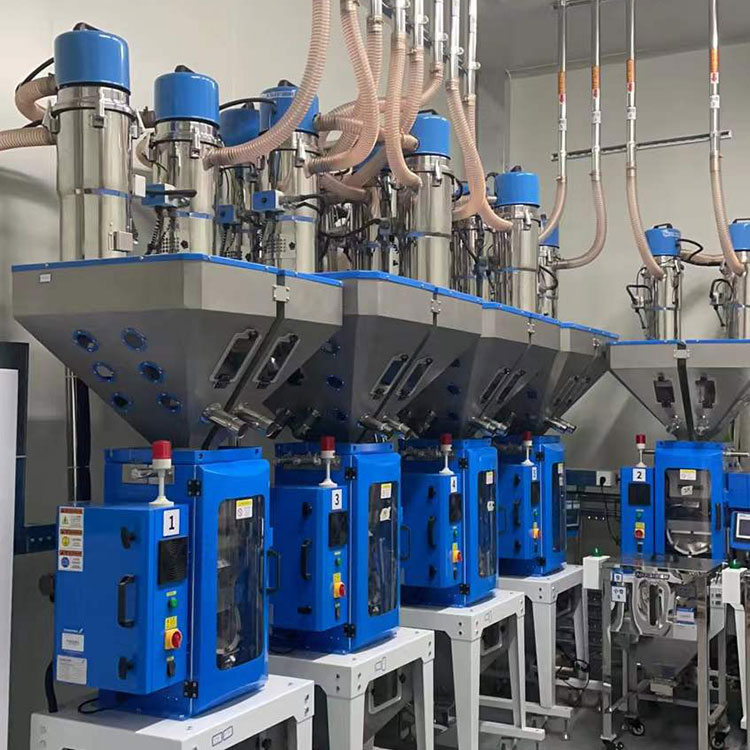Why Are Plastic Material Feeding Systems Essential for Efficient Manufacturing?
2025-03-06
In industries that rely on plastic processing, such as injection molding and extrusion, maintaining a consistent and efficient material supply is critical. Plastic material feeding systems automate the handling and transportation of plastic resins, ensuring seamless production with minimal waste. But what makes these systems indispensable in modern manufacturing? Let’s explore their benefits and key applications.
How Do Plastic Material Feeding Systems Work?
These systems are designed to transport plastic pellets, powders, or granules from storage to processing machines with precision and efficiency. Depending on the setup, they may include:
- Vacuum conveying systems – Using suction to move materials over long distances.
- Pressure conveying systems – Utilizing air pressure to push materials through pipelines.
- Centralized feeding systems – Automating material distribution across multiple machines for large-scale operations.
What Are the Key Benefits of Automated Feeding Systems?
1. Consistent Material Flow – Prevents disruptions in production by ensuring a steady supply of plastic materials.
2. Reduced Waste and Contamination – Minimizes manual handling, lowering the risk of material spillage or contamination.
3. Improved Efficiency – Reduces labor-intensive feeding processes, enhancing overall productivity.
4. Energy and Cost Savings – Optimized feeding reduces material loss and operational costs.
5. Integration with Smart Manufacturing – Many modern systems include sensors and automation features for precise control.
Where Are Plastic Material Feeding Systems Used?
- Injection Molding Facilities – Ensuring uninterrupted resin supply for high-volume production.
- Extrusion Plants – Maintaining consistent material flow for uniform product output.
- Recycling Operations – Handling and reprocessing plastic waste efficiently.
- Compounding and Blending – Mixing different plastic materials with precision.
How to Choose the Right Plastic Material Feeding System?
Selecting the right system depends on several factors, including:
- Material type and form (pellets, powders, regrind, etc.).
- Required feeding capacity and distance.
- Automation and control features.
- Compatibility with existing processing equipment.
In today’s fast-paced manufacturing environment, plastic material feeding systems are vital for maintaining efficiency, reducing waste, and ensuring high-quality output. Investing in an automated feeding system not only enhances productivity but also supports sustainability by minimizing material loss. Upgrade your manufacturing operations today and experience the benefits of seamless material handling.



